Bees are necessary in gardens. They pollinate and bring life, playing an important role in growing all sorts of crops.
Sadly, bees in the UK are under threat. So it’s down to us avid gardeners to help them out. There are ways in which we can prepare our gardens to attract bees, encouraging them to pollinate all the year round.
Here are the top ten bee-friendly plants that will attract the bees into your garden.
1. Lavender
These plants are very rich in nectar for all pollinating insects. It’s a marvellous plant to get in your garden. With a lovely fragrance, and looks brilliant. Plus you can use some of the flowers and leaves in food too!

2. Viper’s Bugloss
The Bumblebee Conservation Trust suggests Viper’s Bugloss is the ultimate plant for bumblebees. It flowers from June to September, giving bees with the nectar they need when their colonies are at their largest and require the most food (June/July).
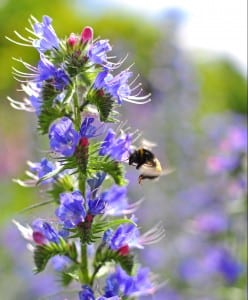
3. Mahonia
Bees struggle to find food in winter months. I’d suggest planting some mahonia that will help them out. Mahonia is an evergreen shrub that produces lovely bright yellow flowers throughout winter.
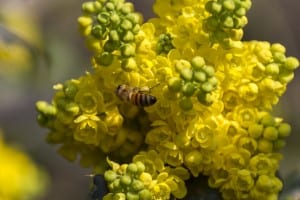
4. Hawthorn
Hawthorn tends to blossom around May time. With lovely fragrant flowers that yields a great nectar for bees and the berries will also attract birds to the garden too. They will grow happily in all soil conditions, though don’t let the soil get too moist. You can plant them in a sunny or shady spot in either an exposed or sheltered position.
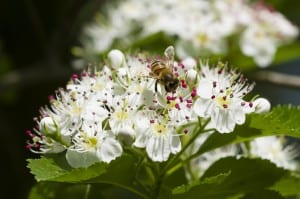
5. Bluebells
Pollinating insects absolutely love bluebells. In early spring, bluebell covered fields and woodland floors are usually overrun with bees, butterflies and hoverflies. Keep an eye on the bluebells as they can spread easily. Once they have finished flowering, dig the bulbs out whilst they are still in leaf. If you want to compost the bulbs you need to store them in black plastic bag for 12 months first – otherwise, they’ll take over your heap.
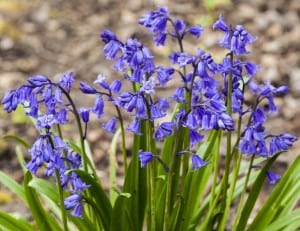
6. Crocuses
As a late winter/early spring flower, bees rely on crocuses to provide them with nectar during the cold winter months. A really bright and attractive flower, they’ll look great in your garden.
There are 3 varieties to look for:
- Early – that like to be planted in soil that drains well and can be placed in sunny spot.
- Autumn – this type of crocus will grow well in soils that drain easily and must planted in full sun.
- Specialist – these crocuses prefer a sunny spot in free draining soil. You can plant them in container, by adding grit to your compost. Avoid the bulbs getting wet during summer.
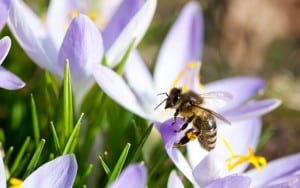
7. Rosemary
With its delicious fragrance added to your garden, rosemary will also be popular with bees too! Rosemary has all sorts of culinary uses, so it’s a really practical plant to grow as it feeds bees and you!
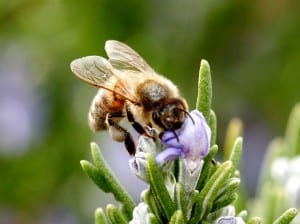
8. Borage (Star flower)
One of the most important plants for bees, borage is being planted across the nation to attract bees. It has a pretty blue/purple colour and a great way to brighten up your garden.
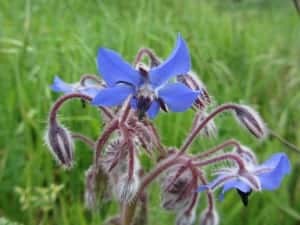
9. Crab Apple Trees
These trees are stunning. They produce fabulous pink and white flowers around spring that are abundant in nectar for bees. Better yet, crab apple trees pollinate other apples, so if you’re trying to grow your own edible fruit, they’re a great choice for the garden.
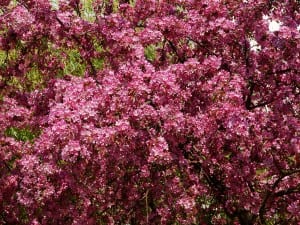
10. Ox-eye daisy
The open flowerheads of ox-eye daisy attract lots of pollinating insects, especially bees. Flowering from May through to September, they’re a great plant to grow in your garden. Although, in some countries they are listed as invasive, they can be a great addition to wild areas or wildflower meadows.
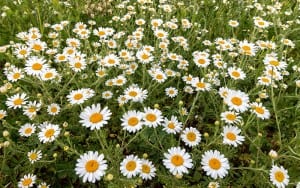
Ideally, bees need a lot of different plants and flowers to keep them healthy. So try using several different of the types I recommend to encourage them into your garden.
David Domoney is a Chartered Horticulturalist, Broadcaster, and Author. David has worked with a number of the UK’s leading garden retailers as a plant buyer and strategic consultant. With more than 30 years experience, in horticulture, David is as passionate about plants now as he was when he bought his first plant at a village fete.


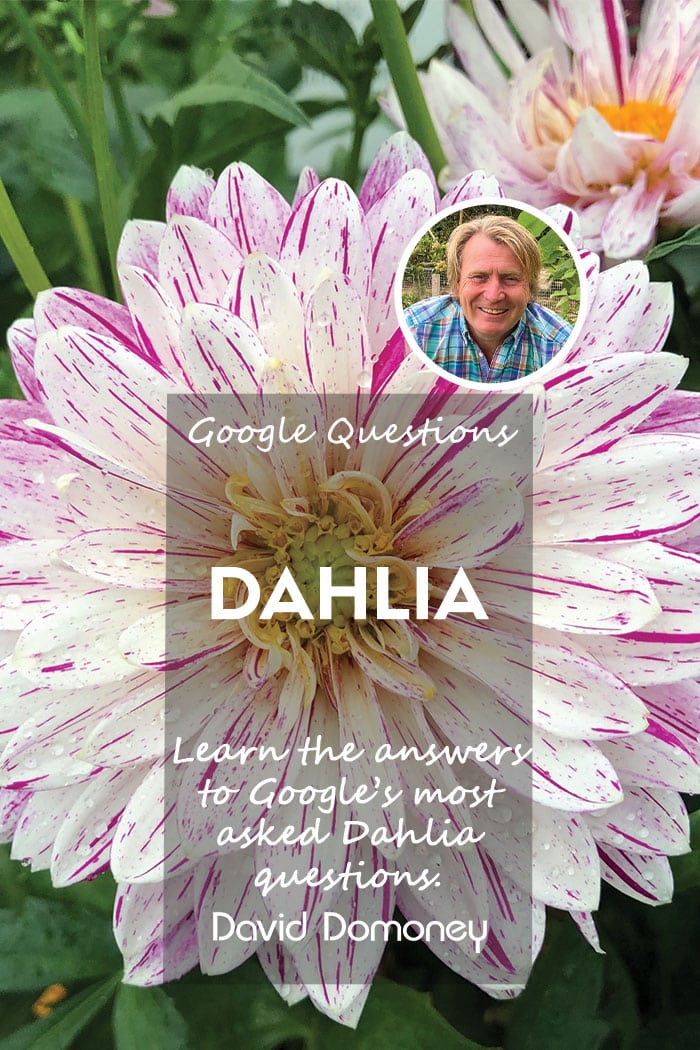
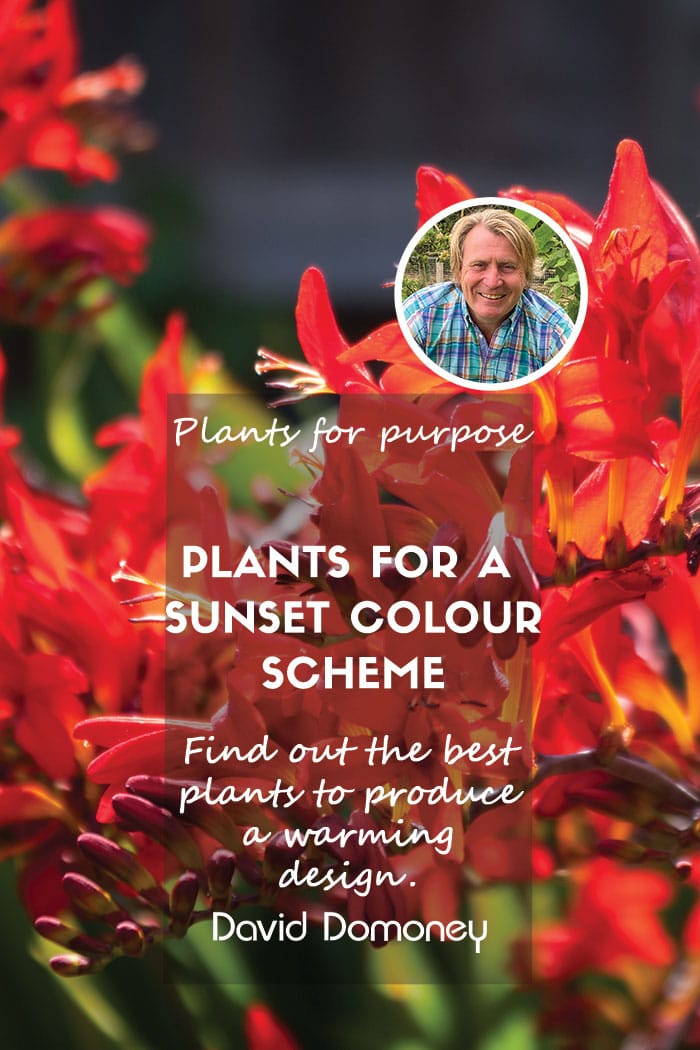
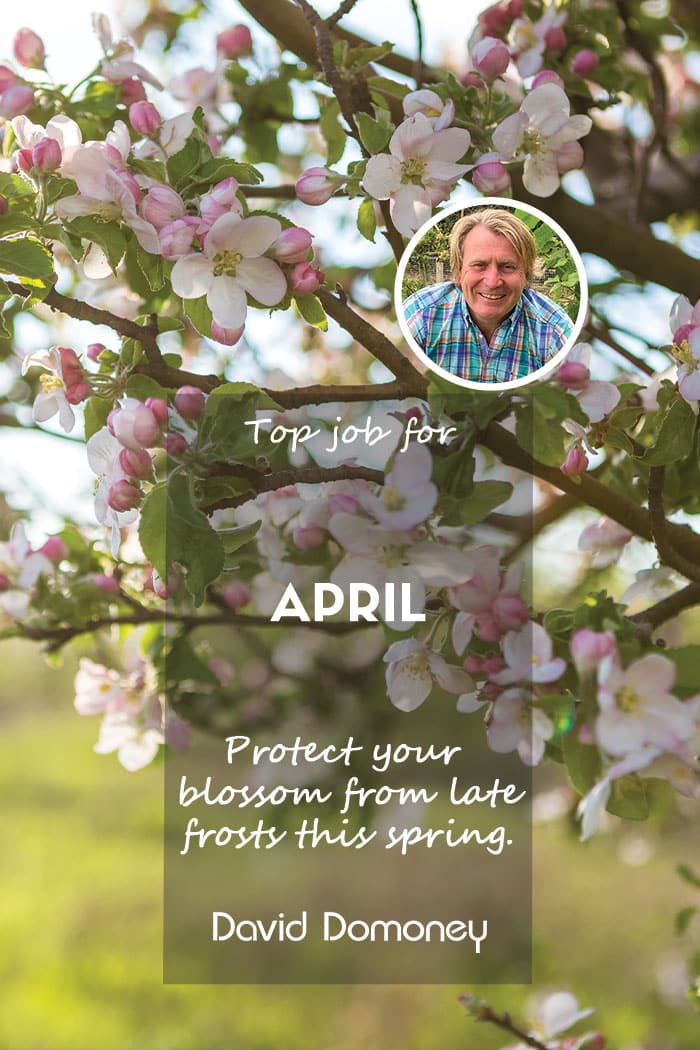
Good to know thanks